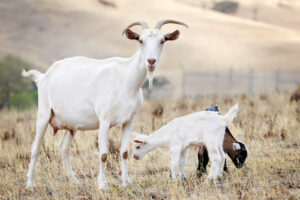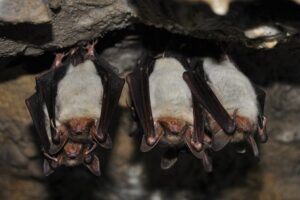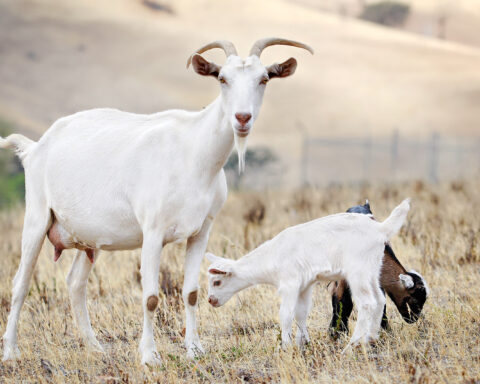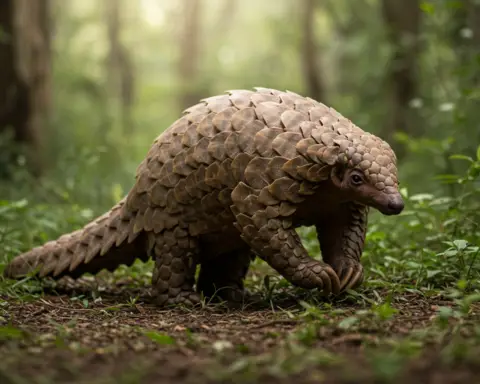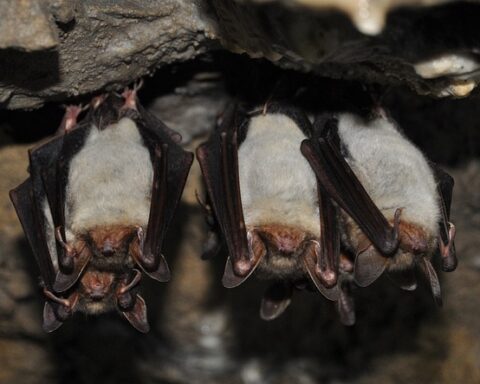Introduction
Training puppies is a lot of fun, and it can also be very rewarding. If you have a puppy, training will help him or her learn how to behave in many different situations and make sure that your dog has the best chance of getting along with other dogs and humans alike. There are some key things to remember when training your new puppy:
Teach your puppy to learn a new trick.
If you’re looking for a new trick to teach your puppy, look no further than the following list of top-notch training tips.
- Use positive reinforcement. You can use treats or toys as rewards for completing the trick, but don’t rely on them as much as possible! Once your puppy learns a new behavior, he’ll want to do it again–and again–and again! If you want him to learn how good it feels when he gets rewarded with something good instead of just any old thing (like food), then make sure that what’s happening right now is reinforcing his actions instead of just making him feel like he’s doing well in general.
- Be patient with yourself and your pup; mistakes are okay sometimes because it means progress has been made!
Make sure you’re providing enough exercise and play time.
When it comes to exercise, dogs need plenty of it. If you’re not providing enough playtime for your dog, he may become bored and stop playing with you as much. Make sure that every day at least 30 minutes of exercise is going into your dog’s schedule–and this includes walking him on a leash or taking him outside if he doesn’t have access to an enclosed yard (or just going for a quick walk around the neighborhood).
Playtime is also important when it comes to teaching your pup new tricks! Dogs love playing games with their humans because they help keep them mentally stimulated while also giving them something fun in life that they can do together like no other activity can do (other than eating).

Don’t forget about crate training.
Crates are a great way to teach your puppy to be on their own. They are an essential part of crate training because they allow you to keep an eye on the puppy when you’re away from them and ensure that they don’t get into trouble while being left alone. You can use a crate that has been specifically made for puppies or one that is large enough for them to stand up, sit and lay comfortably inside.
Make sure that the crate is not too small or too big, though–if it’s too small, your puppy won’t be able to move around freely; if it’s too large then they will have no place where they can hide if they feel scared or upset by something in their environment (like another animal).
Know when to take your pup for a walk outside.
When you first get your puppy, it’s important to know when to take him out for a walk. The best time is in the morning or early evening before sunset so that he can burn off some energy before going inside. If you have an extra-large breed dog like a Great Dane or Mastiff, then it may be wise to wait until after dinner because they’re more likely to overheat if they’re not active enough during their daily routine.
When walking your pup outside make sure that he has plenty of fresh water available at all times and make sure that his collar is loose enough so that it won’t choke him if he gets caught on something while running around! Make sure not only does he drink well but also chew on rawhide bones while out walking around either alone or with another person such as yourself who knows how far apart each step should be taken while making sure not too close just yet either due too fear breeds aggression than anything else .
Always make sure your dog has plenty of water or other appropriate drink options.
Water is important for dogs to stay hydrated, and you should make sure that your pup has plenty of water or other appropriate drink options available at all times. If you are going out for long periods of time, like if you’re taking your dog on a trip or running errands, make sure to bring along some extra water for them. If it’s just a day trip where they’ll be staying indoors most of the time, try leaving an empty bowl full of water in their crate when you leave for work so that when you get back in the evening there will still be water left over from earlier in the day.
If your puppy doesn’t like drinking from a bowl or fountain (or if he does), consider getting one with small openings that allows him access but prevents him from getting too much liquid into his lungs while doing so–this can help prevent pneumonia!
Make the rules clear and stick to them.
When training your dog, it’s important to make sure that you’re consistent and firm. Consistency will help your pup learn what you want them to do, while firmness ensures that they don’t get confused or frustrated by the process of training.
Patience is also essential here: remember that puppies are learning new things every day–and some might take longer than others! As long as they’re progressing at their own pace (and not getting discouraged), patience isn’t a bad thing!
With proper training, your pup will become a great companion!
Puppies are a lot of fun, but they need to be trained properly. With proper training, your pup will become a great companion!
In order to train a puppy, you’ll have to teach them basic commands like sit and down; this will help them learn what commands work for them when it comes time for you to give out rewards – such as treats or toys – for doing good things like staying calm around other pets or people.
Conclusion
We hope you found this article helpful, and that you have a better understanding of how to train puppies. There are a lot of different rules and guidelines to follow when training your pup, but the most important thing is consistency. If you’re consistent with your training, then it will be easier for both of you to learn new tricks and behaviors in the future!

